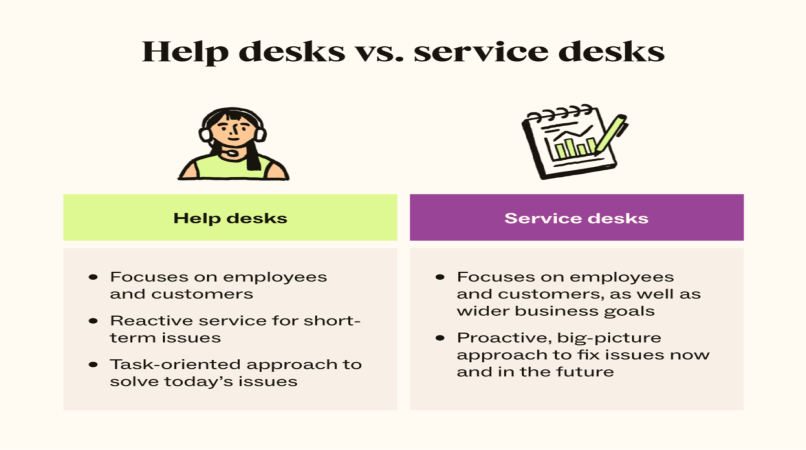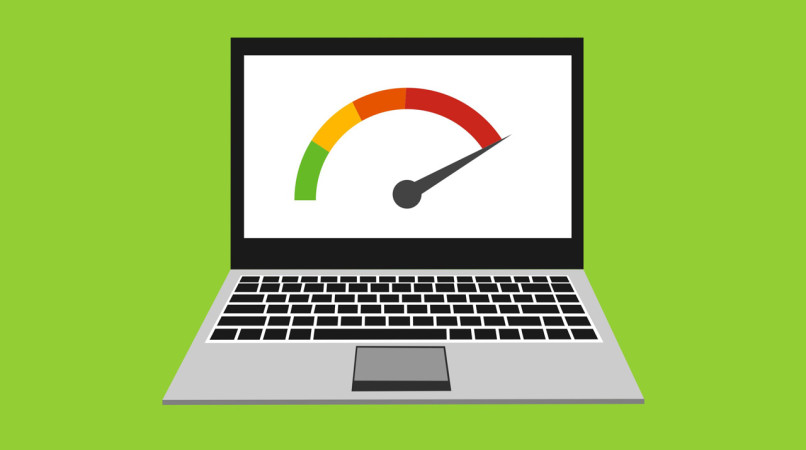Beginner’s Guide to Cloud Storage and Backup
Losing important files is every professional or personal user’s nightmare. Hard drives fail, devices get lost, and accidental deletions happen. Cloud storage and backup solutions are the safety net you need. This guide breaks it down for beginners so you can keep your data secure and accessible anywhere.
1. What Is Cloud Storage?
Cloud storage lets you save files on remote servers accessed via the internet instead of just your computer or phone. Think of it as storing your documents, photos, and videos in a secure online locker.
Benefits:
Access files from any device, anywhere.
Share files easily with colleagues, friends, or family.
Avoid losing data if your device fails.
Popular options: Google Drive, Dropbox, OneDrive, iCloud.
2. What Is Cloud Backup?
While cloud storage is about accessibility, cloud backup focuses on safety. It automatically copies your files to the cloud so you can recover them in case of hardware failure, accidental deletion, or cyberattacks.
Benefits:
Automatic backups save you time.
Restore entire systems or individual files.
Peace of mind knowing your data is protected.
Popular options: Backblaze, Carbonite, Acronis.
3. How to Choose the Right Cloud Solution
Not all cloud services are the same. Here’s what to consider:
Storage size: How much space do you need?
Security: Look for encryption and two-factor authentication.
Accessibility: Can you reach files from multiple devices?
Price: Compare free tiers versus paid plans for more storage or features.
4. Best Practices for Cloud Storage and Backup
Organize files: Use folders and clear naming conventions.
Regularly back up: Even cloud storage can fail; redundant backups add extra safety.
Secure your account: Use strong passwords and 2FA.
Check sync settings: Ensure your files are fully uploaded and updated.
5. Common Mistakes to Avoid
Relying on a single service without backup.
Ignoring storage limits—full accounts can stop syncing.
Sharing sensitive files without proper permissions.
Forgetting to update passwords and security settings.
Conclusion:
Cloud storage and backup aren’t just for tech experts—they’re essential tools for anyone who wants to protect their data. By choosing the right service, following best practices, and staying organized, you can ensure your files are safe, accessible, and always under your control.





